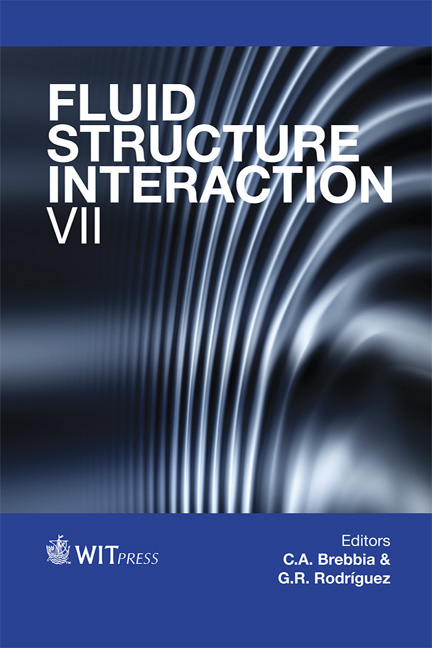Blood Flow Simulation In The Aorta With Aortic Valves Using The Regularized Lattice Boltzmann Method With LES Model
Price
Free (open access)
Transaction
Volume
129
Pages
11
Page Range
97 - 107
Published
2013
Size
1,140 kb
Paper DOI
10.2495/FSI130091
Copyright
WIT Press
Author(s)
T. Fukui & K. Morinishi
Abstract
The heart pumps blood throughout the body efficiently owing to the heart valves operation. The sinus of Valsalva, which is located on the beginning of aorta, is considered to affect the aortic valve movements. When blood ejects from the heart, vortices are observed within the sinus of Valsalva. This vortical motion has the advantage of preventing the valve leaflet from bulging outward to contact the walls of the sinuses. Moreover, since the sinus of Valsalva lies at the beginning of coronary arteries, vortices within the sinus could affect the flow rate into the coronary arteries. It is therefore important to investigate the vortices within the sinus of Valsalva quantitatively to clarify the mechanism of aortic valve movements. In this study, we apply the virtual flux method (VFM), which is a tool to describe stationary or moving body shapes, to the 2D aortic valves and reproduce the blood flow fields with high Reynolds number around the aortic valves by regularized lattice Boltzmann method with LES model, and estimate the WSS distribution on the valve and sinus wall to consider the atherosclerosis generation. As a result, we found that the WSS on the LV-facing surface is larger than that on the aortic-facing surface, and the WSS on the distal end wall of the sinus of Valsalva is higher due to vortices generation. The vortices’ distribution in time and space is important to consider both in the mechanism of aortic valve movements and the generation of cardiovascular disease such as aortic stenosis. Keywords: aortic valves, blood flow simulation, regularized lattice Boltzmann method, LES model, sinus of Valsalva, wall shear stress, atherosclerosis, vorticity.
Keywords
aortic valves, blood flow simulation, regularized lattice Boltzmann method, LES model, sinus of Valsalva, wall shear stress, atherosclerosis, vorticity.





